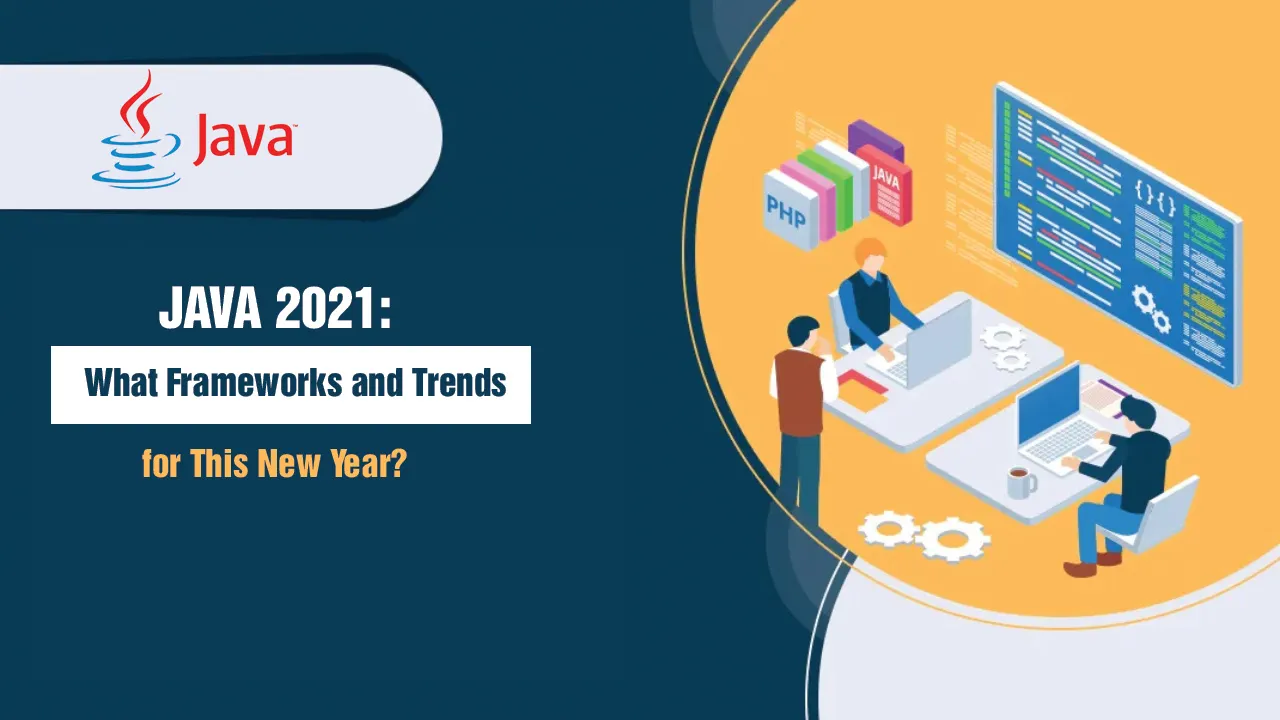Find out what are the trends of the new year in the Java world. Discover the impacts of the new trend of reflectionless frameworks and their impact on architecture.
From a technical point of view, the frameworks within the Java world are one of the biggest differentials. It’s challenging to see an application in Java without using any tool, using only the Java SE platform. With the new year, it is natural that questions arise, such as which frameworks are available in new projects, types of frameworks, and trends. The purpose of this post is to talk a little about the most popular frameworks in the Java world and the expectations for next year in one of the most popular languages in the world.
It is indisputable that the annotations, or metadata facility, facilitated a lot within the world. In general, the vast majority of frameworks use this type of resource. However, what changes are related to when these annotations will be read:
- At run time: The annotation information is read as soon as the Java application starts and that, in general, uses the Java Reflection API. What facilitates the pluggability and/or plug-and-play effect from which it is possible to modify the application’s behavior simply by adding dependencies. Another point is the ease of encapsulation. For example, thanks to reflection, it is possible to have an attribute without a setter. The auto incremental identifier and reflection will solve this smoothly.
- At compile time: This approach aims to bring all Java metadata processing and analysis to the compilation time rather than the execution time. This type of approach tends to decrease the time to start and also the memory consumption. One way to accomplish this approach is with the Java Annotation Processor.
As mentioned earlier, metadata reading is a great game-changer for the types of frameworks, since in general, the most used frameworks this year have very similar characteristics:
- More than a framework, a platform: The most famous frameworks in the year 2020 and tend to stand out in 2021 stand out for having a collection of tools within their umbrella to assist developers at various points, whether in Security API is like integrating a rest API.
- Dependency injection: In general, a container responsible for managing dependencies within an application. A great tool for keeping loosely coupled within an architecture.
- Access with database and service: Connecting a database, whether relational or non-relational, is important; after all, if the application is the mind, the data is the heart of a system. At this point, the entire possible boilerplate between the Java application and the database is reduced.
- Configuration outside the code: Credentials such as a database user and password must be outside the code. In the ideal environment, the developer or architecture team does not need to know such information, following the twelve application factors’ best practices. These ecosystems have the option of overwriting all configurations through environments. It is possible to have a configuration for each environment in a transparent way to the application.
#java #cloud #spring #quarkus #micronaut #payara #platform.sh
